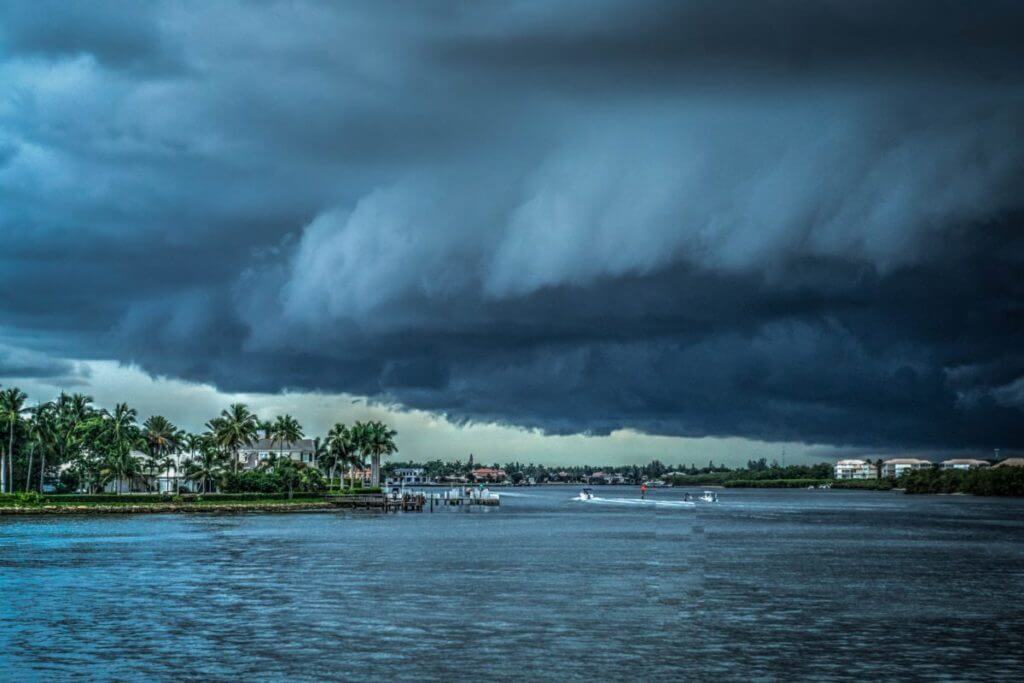
When a major natural disaster occurs, such as a hurricane, much of our focus is on our families and our own safety. However, insurance companies can take big hits following major disasters, which often send their stock prices into immediate decline. With the aftermaths of both Hurricane Harvey and Hurricane Maria in the not-so-distant past, it’s important to examine why and how the insurance industry is impacted by large scale natural disasters and what it can mean for overall recovery after these major events.
According to published data about the property and casualty insurance industry, , 2017 had the highest catastrophic losses in recent years, falling between $50 and $125 billion, with losses from 2011 and 2005 rounding out the top three. Hurricane Harvey resulted in losses ranging from $10 to $25 billion and Hurricane Maria resulted in losses up to $48 billion, although these numbers are still being calculated—but what do these losses actually mean?
In the immediate aftermath of a catastrophic event, stock prices for property and casualty insurers can take an initial hit. But usually, these stock prices lag for the first two to four weeks as investors assess damages and earnings per share adjusts downward. But that doesn’t last long, as a major catastrophe loss tends to mean higher near term premiums. And that expectation of higher premiums tends to drive stock prices back up. Within just a few months, stock prices are often higher than they were before the hurricane or other catastrophe event. The increase in premiums also benefits property and casualty brokers, who also benefit from the higher premiums.
For insurance companies, the profitability of storms isn’t limited to major events. During hurricane season in particular, property and casualty stocks routinely outperform on average, historically rising an average of 3.5 percent since 1993. This also takes into account the average amount of hurricanes that happen each year, with around 18 storms making landfall annually since 1851. The decade of 2000-2010 was particularly notable as it averaged 18 hurricanes per year, including seven major Category 3+ hurricanes making landfall in the United States. Though it might be easy to think 2017 was a busy storm season with Maria and Harvey, only nine land-falling hurricanes occurred between 2011 and 2017.
Though one may think insurance companies are at an overall loss when disaster strikes, they are still businesses who sometimes thrive off of these bad situations. While stock prices may decline in the immediate aftermath, once the disaster claims payouts become certain, premiums begin to rise and the stock price rebounds and actually becomes much higher, reaping more profits for insurance companies. This boon presents a stark contrast to the businesses and families that are left to rebuild.
Get Help With Your Natural Disaster Claim
Although insurance companies face millions of dollars in claims, the reality is that they try to limit payouts as much as possible by utilizing bad faith tactics. When this happens, you need an experienced natural disaster claim lawyer who can hold the insurance company responsible and get you what you are rightly entitled to under your policy. Contact Raizner Law today for a free consultation to discuss your natural disaster claim.


